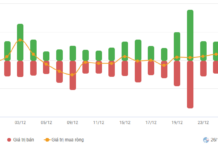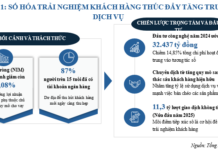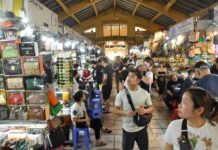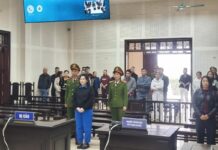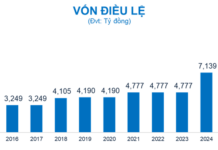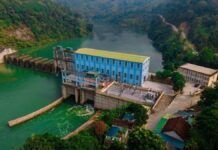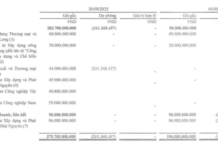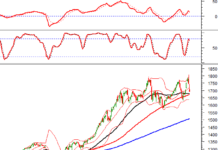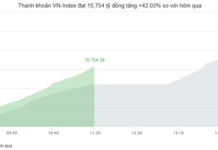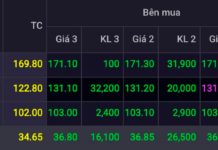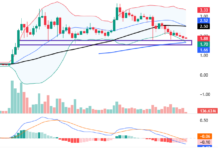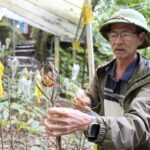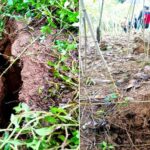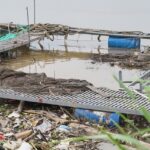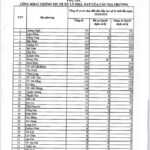On August 2nd, Mr. Pham Xuan Quang, Chairman of the People’s Committee of Mang Ri commune, Quang Ngai province, stated that following the province’s directives, the local authorities mobilized forces to coordinate with the village and people to assess the damage in the areas affected by the storm. areas of Ngoc Linh ginseng cultivation.
According to the report from the People’s Committee of Mang Ri commune, a total of 26,486 Ngoc Linh ginseng plants belonging to 189 households were damaged. Of these, 20,782 were 1-4 years old, and 5,704 were 5 years old or older. The total damage is estimated at VND 11.72 billion.
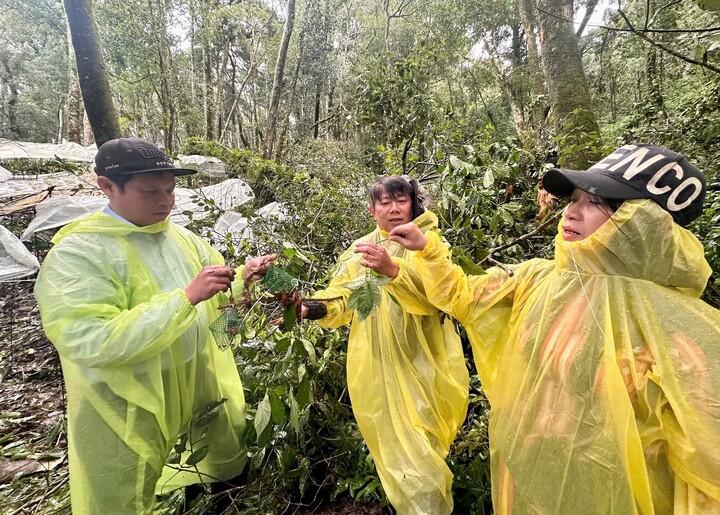
Over 26,000 ginseng plants were damaged, causing tens of billions of dong in losses for the people of Quang Ngai. (Photo: Q.N)
In addition to the damage to the ginseng plants, the storm also caused damage to 53 houses in Mang Ri commune. Many irrigation works, coffee, and rice fields were also damaged, with estimated losses of VND 5.4 billion.
Mr. Quang said that most of the affected households are of the Xo Dang ethnic minority, and their economic lives are still challenging. Ngoc Linh ginseng is their most valuable asset and their livelihood, helping them escape poverty and get rich. The severe damage to the ginseng plants has put many households in a difficult situation.
Earlier, on July 25, at the People’s Committee of Mang Ri commune, after hearing the report on the damage caused by the storm, Mr. Nguyen Duc Tuy, Vice Secretary of the Provincial Party Committee and Chairman of the Provincial People’s Council, directly went to the ginseng gardens to inspect the damage.
Witnessing the destruction of the people’s ginseng gardens, Mr. Tuy encouraged the people to overcome their difficulties and directed the local authorities to focus on supporting the people to overcome the consequences and restore the ginseng gardens.
Subsequently, the leaders of Quang Ngai province directed the units to urgently review and assess the damage and come up with timely and practical support plans to help people overcome the consequences and stabilize their lives as soon as possible.
Presenting Vietnam’s Ginseng to the World
The Vietnamese Ginseng Development Program by 2030, with a vision towards 2045, aims to establish Vietnamese Ginseng as a prestigious national brand and a prominent product in the healthcare and pharmaceutical industries. The program strives to diversify the ginseng-based product range, gradually elevating it to a high-value economic sector. This initiative is designed to meet the demands of the global market while simultaneously safeguarding the Vietnamese Ginseng brand.
“Businesses Unite to Support Farmers’ Recovery: Providing Seeds and Fertilizers to Revive Production.”
As of now, the statistics show that the third storm, Yagi, and the rainbands have caused approximately 312,000 hectares of crops to be flooded and toppled, with over 100,000 hectares completely destroyed. The estimated damage to the farming sector alone is over VND 4 trillion. Thus, tens of thousands of tons of rice, corn, and vegetable seeds are required to restore production.
The Devastating Impact of Storm No. 3: Over 60,000 Billion Dong Lost
According to the latest report from the General Statistics Office, the third storm has caused preliminary damage of over VND 60 trillion to the northern provinces. This natural disaster has not only impacted the GRDP growth of the affected provinces but also the country’s GDP, with a projected decline in the third and fourth quarters and a year-on-year comparison to previous forecasts.



